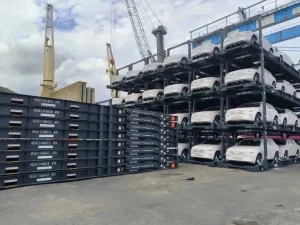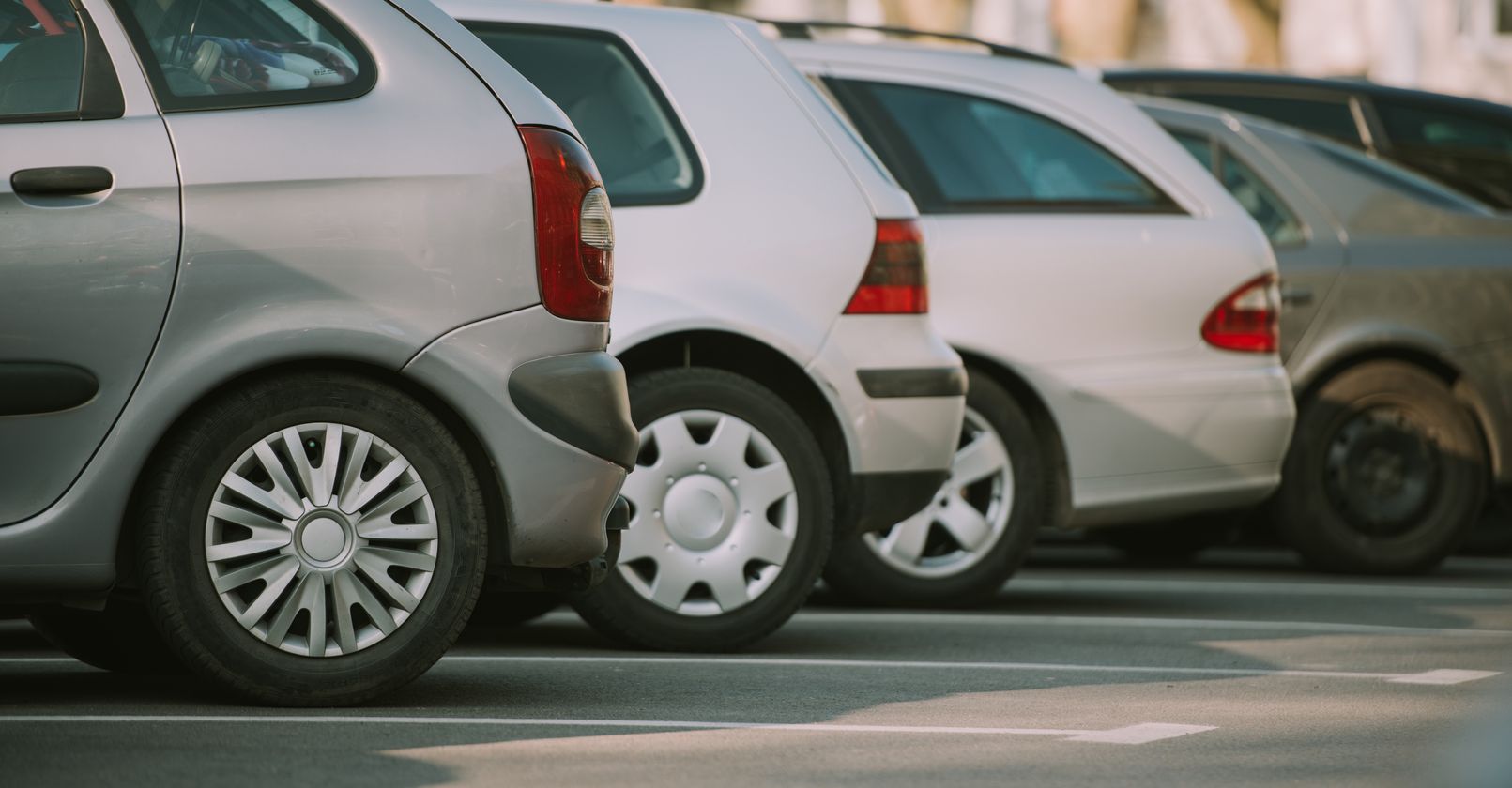The pre-owned vehicle market presents a complex choice for consumers, particularly when comparing established Japanese brands against emerging Chinese contenders. For many years, Japanese automobiles have been the default selection for buyers seeking dependable transportation, renowned for their longevity and consistent performance. However, the global automotive landscape is shifting, with Chinese manufacturers making significant strides in quality, technology, and design. This analysis delves into a detailed comparison between Japanese and Chinese used cars, examining factors such as reliability, cost of ownership, technological features, and safety. Understanding these elements is essential for identifying the most reliable used cars that align with individual needs and budgets, whether one is considering a classic Japanese model or a newer Chinese alternative.
Market Presence and Reputation
Japanese automakers have built a formidable reputation over decades, characterized by meticulous manufacturing processes and a deep commitment to quality control. This heritage of reliability has made brands like Toyota and Honda staples in used markets across the world, where they are often perceived as safe and prudent investments. Conversely, the segment of china used cars is a more recent development internationally. Chinese manufacturers have rapidly evolved, transitioning from producing primarily for a domestic audience to competing on the global stage. Their growth is fueled by substantial investments in technology and a focused effort on improving production standards, making newer cars from china increasingly common in overseas markets.
Assessing Reliability and Long-Term Durability
Reliability is the cornerstone of value in the used car market. Japanese vehicles have long been celebrated for their mechanical resilience, often capable of surpassing high mileage with minimal major issues. This proven durability provides consumers with a sense of security and contributes to lower long-term maintenance costs.
Mechanical Longevity and Engineering Philosophy
The design ethos of many Japanese manufacturers emphasizes robustness and simplicity in critical drivetrain components. This approach minimizes complex points of failure, ensuring that engines and transmissions deliver sustained performance over many years. It is this documented history of endurance that solidifies their status as providers of most reliable used cars.
Build Quality and Corrosion Resistance
Beyond the powertrain, overall build quality—including resistance to rust and wear—is a vital aspect of durability. Japanese brands have historically excelled in this area through advanced anti-corrosion treatments and the use of quality materials. While earlier generations of cars from china faced challenges in durability perception, recent models demonstrate a marked improvement in build quality, paint application, and material resilience, enhancing the longevity of modern china used cars.
Technology and Feature Integration
The approach to in-car technology and innovation offers a clear point of differentiation between the two origins. Japanese brands typically adopt a conservative and proven strategy, integrating new technologies only after they have been thoroughly validated to ensure they do not compromise the vehicle’s reliability.
In contrast, Chinese automakers frequently leverage technology as a key competitive advantage. Newer cars from china often enter the market equipped with large touchscreen interfaces, comprehensive digital driver assistance systems, and connected car features as standard. This provides an attractive, modern user experience for buyers seeking contemporary amenities. However, for the china used carssegment, the long-term reliability and maintenance costs associated with these advanced electronic systems remain an area for observation as these vehicles age.
Cost of Ownership and Depreciation
The financial aspects of purchasing and maintaining a used vehicle are paramount. Japanese cars are famously associated with strong residual values; their proven reliability allows them to retain a higher percentage of their original cost over time. Consequently, while the initial purchase price for a used Japanese model may be higher, the potential for lower repair frequency and a better resale value can make it a economically sound choice.
The china used cars market typically competes on upfront affordability, offering a significantly lower cost of entry. This value proposition is highly appealing. However, the total cost of ownership must account for factors like depreciation rates and parts availability. As the reputation for Chinese manufacturing continues to improve globally, the depreciation curve is becoming more favorable, though it generally still differs from that of Japanese vehicles. For buyers focused solely on the most reliable used cars with the lowest lifetime cost, Japanese models often hold an edge.
Safety and Performance Metrics
Safety is a critical consideration, regardless of the vehicle’s origin. Japanese used cars have a long and established record of high scores in crash tests conducted by agencies like the IIHS and Euro NCAP. Chinese manufacturers have treated safety as a priority in their recent development cycles. Contemporary models from China are regularly achieving top five-star ratings in these same rigorous safety assessments, indicating that modern cars from china are designed to provide excellent occupant protection.
Regarding performance, Japanese vehicles are often tuned for refined and efficient daily driving. Chinese brands, unencumbered by legacy platforms, sometimes offer more powerful standard engine options or superior electric vehicle range in their class, catering to drivers seeking enhanced performance or the latest in electrification.
Conclusion
The question of whether Japanese or Chinese used cars are better does not have a universal answer. Japanese vehicles continue to offer an unmatched track record of reliability, strong resale value, and widespread serviceability, making them an excellent choice for buyers prioritizing proven longevity and minimal hassle. On the other hand, Chinese used cars represent a compelling value-oriented alternative, boasting modern technology, competitive safety ratings, and a lower initial purchase price. The decision ultimately hinges on individual priorities: the established, time-tested assurance of a Japanese model or the advanced, feature-rich value of a Chinese vehicle. Thorough inspection and review of a specific vehicle’s history remain essential steps in making an informed and satisfactory purchase.



